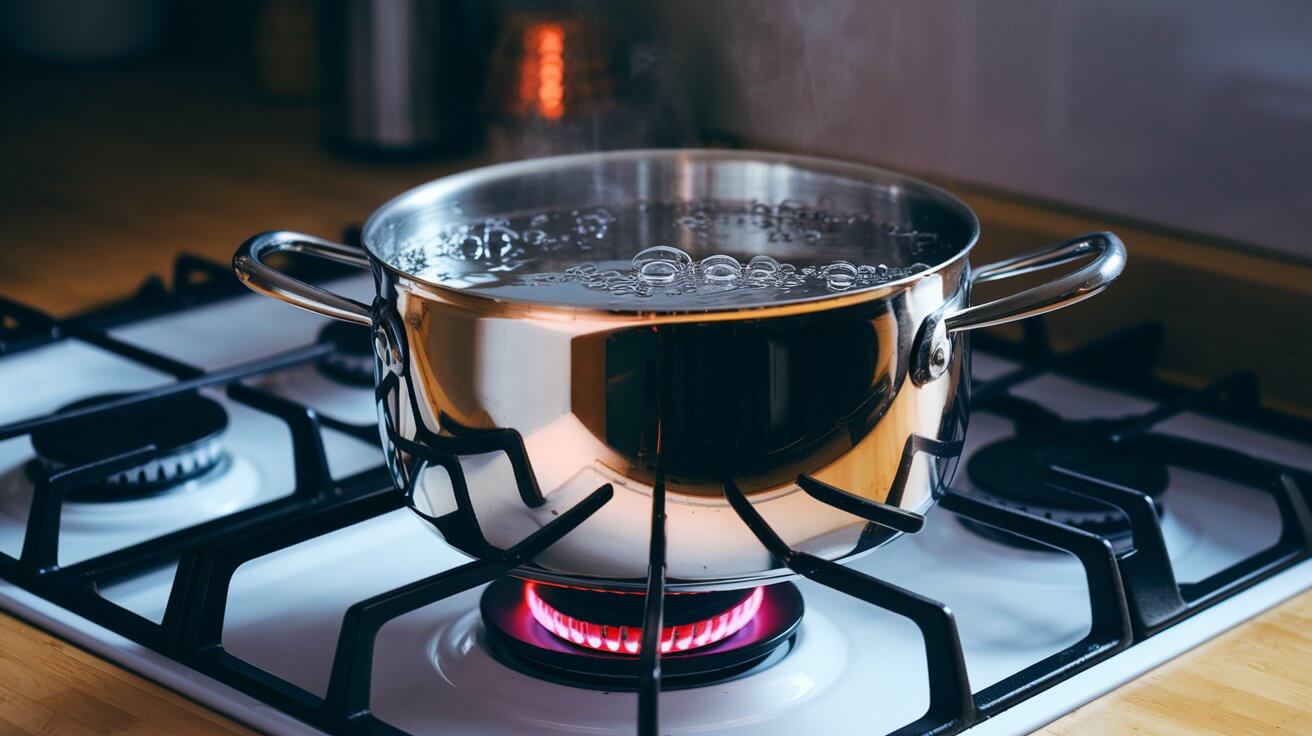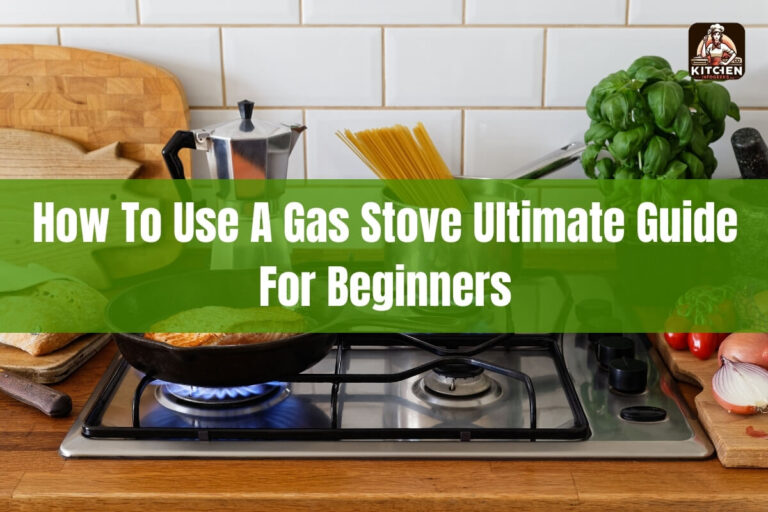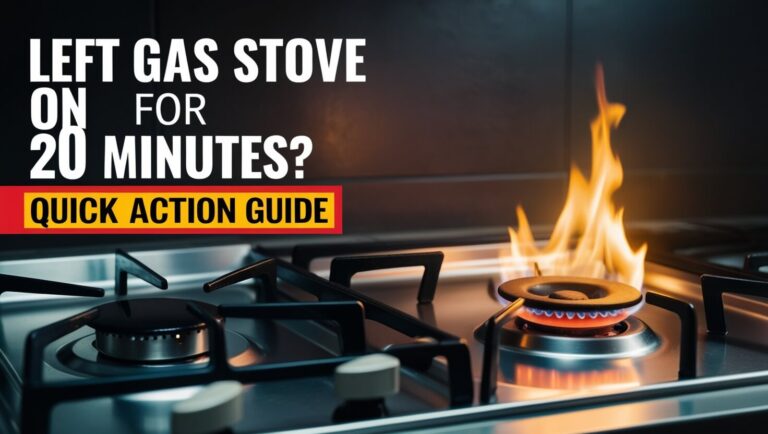
Waiting for water to boil on an electric stove can test your patience. Many cooks find that electric ranges heat water more slowly than other options. Why does this happen, and what can you do about it? Let’s find out why electric stoves often lag behind in boiling speed and discover some tricks to get that pot bubbling faster.
Common Reasons for Slow Boiling on Electric Stoves
Inefficient Burner Elements
Electric stoves rely on heating elements to transfer heat to your cookware. Over time, these elements can wear out or become damaged. This leads to uneven heating and slower boiling times. Check your burners regularly for signs of wear, such as visible damage or uneven heating patterns.
Incorrect Cookware Selection
The type of pot or pan you use plays a big role in boiling speed. Thin-bottomed pans heat up quickly but lose heat fast. Thick-bottomed pans take longer to heat but maintain temperature better. For boiling water, choose pots with flat bottoms that make full contact with the burner surface.
Power Supply Issues
Sometimes, the problem isn’t your stove but the power it receives. Electric stoves need 240 volts to operate at full capacity. If your stove is only getting 120 volts, it won’t heat up properly. This can happen due to faulty wiring or incorrect installation.
Faulty Temperature Controls
The temperature controls on your stove might be malfunctioning. This can cause the burner to cycle on and off too frequently, preventing it from reaching its full heat potential. If you notice your burner switching off before the water boils, it’s time to check the controls.
Comparing Electric Stove Boiling Times to Other Cooktops
Gas Stoves vs. Electric Stoves
Gas stoves generally boil water faster than electric stoves. They provide instant heat and allow for quick temperature adjustments. However, electric stoves offer more consistent heat distribution, which can be beneficial for other cooking tasks.
Induction Cooktops: The Speed Champions
Induction cooktops are the fastest when it comes to boiling water. They use electromagnetic fields to heat the pot directly, bypassing the need to heat a burner first. This results in quicker boiling times and better energy efficiency.
Factors Affecting Water Boiling Time on Electric Stoves
Water Volume and Starting Temperature
The amount of water and its initial temperature greatly impact boiling time. More water takes longer to boil, and cold water takes longer than room temperature water. Consider using pre-heated water from a kettle to speed up the process.
Altitude and Air Pressure
At higher altitudes, water boils at a lower temperature due to decreased air pressure. This means it might take longer for your water to reach a rolling boil. If you live in a high-altitude area, expect longer boiling times on your electric stove.
Pot Size and Material
Large pots take longer to heat up than smaller ones. The material of your pot also matters. Copper and aluminum conduct heat well, while stainless steel is less efficient. Choose your cookware wisely based on your cooking needs.
Troubleshooting Slow Boiling Electric Stoves
Checking for Damaged Elements
Inspect your burner elements for signs of damage or wear. Look for blistering, cracks, or areas that don’t glow evenly when heated. Replace damaged elements to improve your stove’s performance.
Testing Voltage Output
If you suspect a power supply issue, use a multimeter to test the voltage at your stove’s outlet. It should read close to 240 volts. If it’s significantly lower, consult an electrician to address the problem.
Inspecting Control Switches
Faulty control switches can cause burners to cycle on and off incorrectly. If you notice your burner turning off before the water boils, even on the highest setting, the switch might need replacement.
Tips to Speed Up Boiling on Your Electric Stove
Choosing the Right Burner Size
Match your pot size to the burner size for optimal heat transfer. Using a small pot on a large burner wastes energy and can lead to longer boiling times.
Using Lids to Trap Heat
Always use a lid when boiling water. This traps heat and steam, significantly reducing boiling time. A tight-fitting lid can cut boiling time by up to 50%.
Selecting Optimal Cookware
Invest in quality cookware with flat bottoms and good heat conductivity. Pots with slightly concave bottoms can create an air gap, reducing heat transfer efficiency.
When to Consider Replacing Your Electric Stove
Age-Related Performance Decline
Electric stoves typically last 10-15 years. If your stove is approaching this age and consistently underperforming, it might be time for an upgrade.
Cost of Repairs vs. Replacement
When facing frequent repairs, compare the costs to that of a new stove. Sometimes, investing in a new, more efficient model makes more economic sense in the long run.
Energy Efficiency Upgrades
Newer electric stoves often come with improved energy efficiency ratings. Upgrading can lead to faster boiling times and lower energy bills.
Alternative Water Boiling Methods for Impatient Cooks
Electric Kettles: Fast and Efficient
Electric kettles are purpose-built for boiling water quickly. They’re more energy-efficient than stoves for this task and can significantly cut down your waiting time.
Microwave Boiling: Pros and Cons
Microwaves can boil small amounts of water quickly. However, they don’t heat evenly and can be dangerous if the water becomes superheated. Use caution and follow proper guidelines when boiling water in a microwave.
Maintenance Tips for Optimal Electric Stove Performance
Regular Cleaning Practices
Keep your stove clean to ensure efficient heat transfer. Wipe up spills promptly and clean burner elements regularly. For coil burners, ensure they’re properly seated and making good contact.
Proper Care for Glass Cooktops
If you have a glass cooktop, use appropriate cleaning products to prevent scratches. Avoid sliding pots and pans across the surface, as this can damage the glass and reduce heating efficiency.
Future of Electric Cooking: Faster Boiling Technologies
Advances in Heating Element Design
Manufacturers are constantly improving heating element technology. Newer designs promise faster heat-up times and more even heat distribution, potentially solving the slow boiling issue.
Smart Stove Features for Efficient Cooking
Smart stoves with built-in sensors and automated temperature controls are entering the market. These features can optimize heating for different tasks, including boiling water more efficiently.
Practical Workarounds for Slow Boiling
Start with Hot Tap Water
Using hot tap water instead of cold can cut down your boiling time significantly. While it might not be suitable for drinking, it’s fine for cooking pasta or vegetables.
Pre-boil in an Electric Kettle
For recipes requiring boiling water, start the process in an electric kettle. Once boiling, transfer the water to your pot on the stove to maintain the temperature.
Divide and Conquer
When boiling large quantities of water, consider using multiple smaller pots on different burners instead of one large pot. This can speed up the overall process.
Understanding Your Electric Stove’s Limitations
Heat Cycling on High Settings
Many electric stoves cycle the heat on and off, even on the highest setting. This is a safety feature to prevent overheating but can extend boiling times. Understanding this can help manage your expectations.
The Impact of Cookware Color
Believe it or not, the color of your cookware can affect boiling time. Darker pots absorb heat more efficiently than lighter-colored ones, potentially reducing boiling time slightly.
Environmental Factors to Consider
Room Temperature Effects
The ambient temperature of your kitchen can impact boiling times. In colder rooms, your stove works harder to heat the water, potentially extending the boiling process.
Humidity’s Role in Boiling
High humidity can slightly increase boiling times as it affects the rate of evaporation. While not a major factor, it’s worth considering in very humid environments.
The Psychology of Waiting for Water to Boil
Perception vs. Reality
Our perception of time can make waiting for water to boil feel longer than it actually is. Try timing the process objectively to get a realistic idea of your stove’s performance.
Multitasking While Waiting
Use the boiling time effectively by prepping other ingredients or cleaning up. This can make the wait feel shorter and increase your overall kitchen efficiency.
Conclusion
While electric stoves may take longer to boil water compared to gas or induction cooktops, understanding the factors at play and implementing the tips provided can significantly improve your cooking experience. Regular maintenance, smart cookware choices, and simple workarounds can help you overcome the challenges of slow boiling times. Remember, patience and proper technique are key ingredients in any cooking process, even one as seemingly simple as boiling water.






